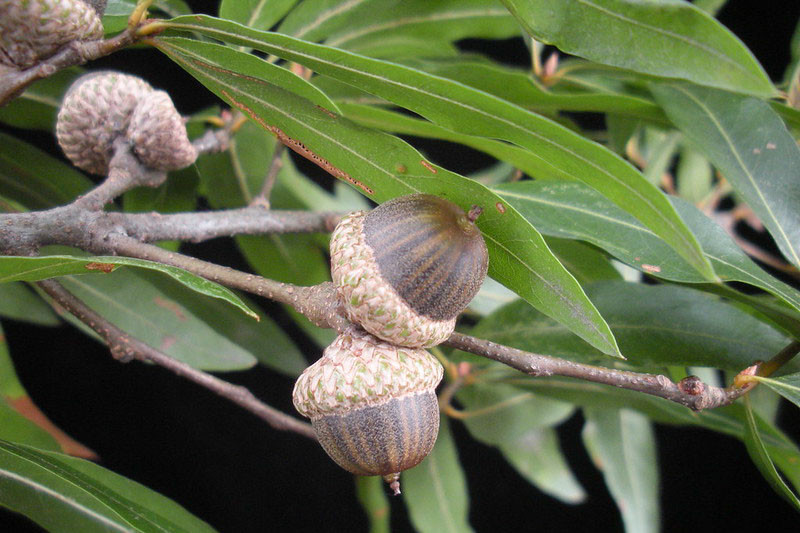Willow Oak (Quercus phellos): Graceful Beauty in the Landscape
Willow Oak, Quercus phellos, is a distinguished deciduous tree valued for its slender, willow-like leaves and robust growth. It’s a popular choice in both urban and natural landscapes for its aesthetic appeal and environmental benefits.
Physical Characteristics: The Willow Oak tree typically grows 40-60 feet tall (12-18 m) with a spread of about 30-40 feet (9-12 m). It features a straight, tall trunk and a rounded, spreading canopy. The bark is smooth on young trees, becoming ridged and furrowed with age. Its leaves are unique among oaks – long, narrow, and resembling those of a willow, hence the name.
Growth and Habitat: The Willow Oak tree is native to the south-central and eastern United States. It prefers full sun and moist, well-drained soils. It’s adaptable to various conditions, including both wet and moderately dry sites, and tolerates urban pollution and compacted soils.
Foliage and Acorns: The leaves turn a beautiful yellow to russet in the fall before shedding. Spring brings inconspicuous yellow-green flowers, followed by small, rounded acorns in the fall. These acorns are an important food source for wildlife, including birds and mammals.
Uses and Landscaping: Landscapers widely plant Willow Oak trees as street trees and in parks for their shade and beauty. People also use them in riparian plantings for erosion control. While their wood may not be as commercially valuable as some other oaks, it finds use in timber and woodworking.
Wildlife and Ecological Benefits: Oak trees support over 800 caterpillar species in the United States. They are host plants for over 500 species of butterflies. Birds and mammals, including deer and squirrels, consume the acorns.

